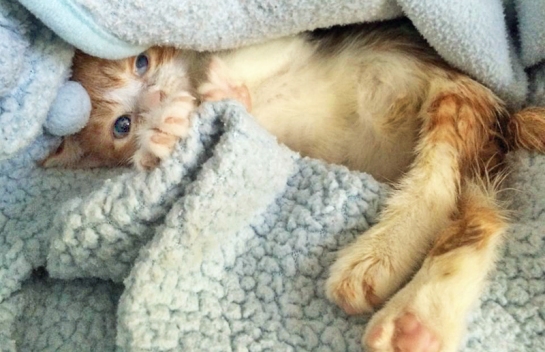By Tom Demerly.
Brutal and intimate, Fury delivers an artful insight into the horror of war so masterful it leaves you tense and beaten.
Writer and Director David Ayer, who also made Training Day and End of Watch, rivals the terror and rhythm of Saving Private Ryan in Fury but with a more visual and animated presentation. Many of the scenes in Fury appear ghostly and impressionistic, almost like a graphic novel. They combine a vivid and experiential depiction of war. The movie is so effective at drawing you in you leave the theatre stiff and battle fatigued, as though you had spent cold hours in a rattling Sherman tank like the characters so brightly brought to life in the movie.
Fury opens a little clunky, trying a little too hard to show the horrors of war and knocking off the initial story line of Saving Private Ryan perhaps more closely than not. Once the movie moves out, literally and figuratively, it hits its stride and you better take a deep breath.
The second act of Fury is one of the most incredible scenes in any war movie. In an artful reflection of the true horror of war, David Ayer builds this scene without a shot fired or even a weapon in the scene. It is only characters, dialogue and circumstance combined with terrifying contrast and predicament that build an awful tension. Ayer was brilliant to include this scene because it adds an ingredient missing from the current perspective of conflict; context. It dramatically shows the contrast between fragile civility and apocalyptic war. Most war movies show sweeping battlefields and fast action. This scene brings the horror of war into your dining room. This scene alone is a triumph of the film and leaves you ragged and stressed.
The degree of technical accuracy in Fury is remarkable, down to the minute details of personal equipment, tactics and set dressing. The entire production is built around meticulous attention to detail, and this realism supports a plot that does, at times, feel like a bit of a stretch until you recall your history of WWII. Fury is likely more realistic than we’re comfortable accepting.
In a four on one tank duel with the vastly superior German Tiger I tank, the U.S. Sherman tanks demonstrate the authentic tactics used to try to defeat the boxy German monster, and with the usual authentic result. This scene conjured images of the huge tank battles in the Iraq Wars along with WWII.
Brad Pitt is predictably excellent and does not weigh the film down with his brand. Other characters follow the real life storylines of the people you knew in the army; the offensive hick, the Latino, the brainy guy. Those stereotypes are redone in Fury but with maxed-out realism. If there is a standout performance in the film it is Alicia von Rittberg as Emma. Her character is a flower in the battlefield, and this impossible contrast creates an unbearable tension.
Fury is an ordeal to see. You don’t leave wanting another look, but you do leave in awe of what a well-crafted visual story can do to you. It’s also an ode to the harrowing ordeal of our greatest generation and the horrors that contrast against their great successes. Fury earns its place on the shelf with truly great war films with its realism, horror and even its sensitivity.





